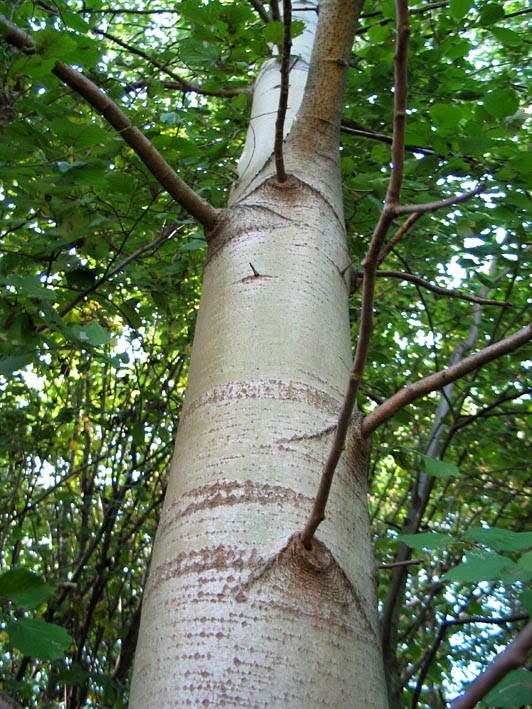The adult leaves, produced on branches of mature trees, are nearly round, slightly wider than long, 2–8 cm diameter, with a coarsely toothed margin and a laterally flattened petiole 4–8 cm long. The young green shoots soon become smooth and golden brown,
and then darken. The branch-less are smooth and shiny with winter buds that are
shiny reddish-brown and sometimes somewhat sticky. The roundish leaves, on a
long thin much flattened leaf-stalk, are dull, rich green on top, paler yellow
underneath, three prominent veins radiate from the base, and the outer rim has
indented edges and is sometimes tinged with red. The quivering leaves persist
on the tree late into the autumn, turning a rich yellow before they fall.
















No comments:
Post a Comment